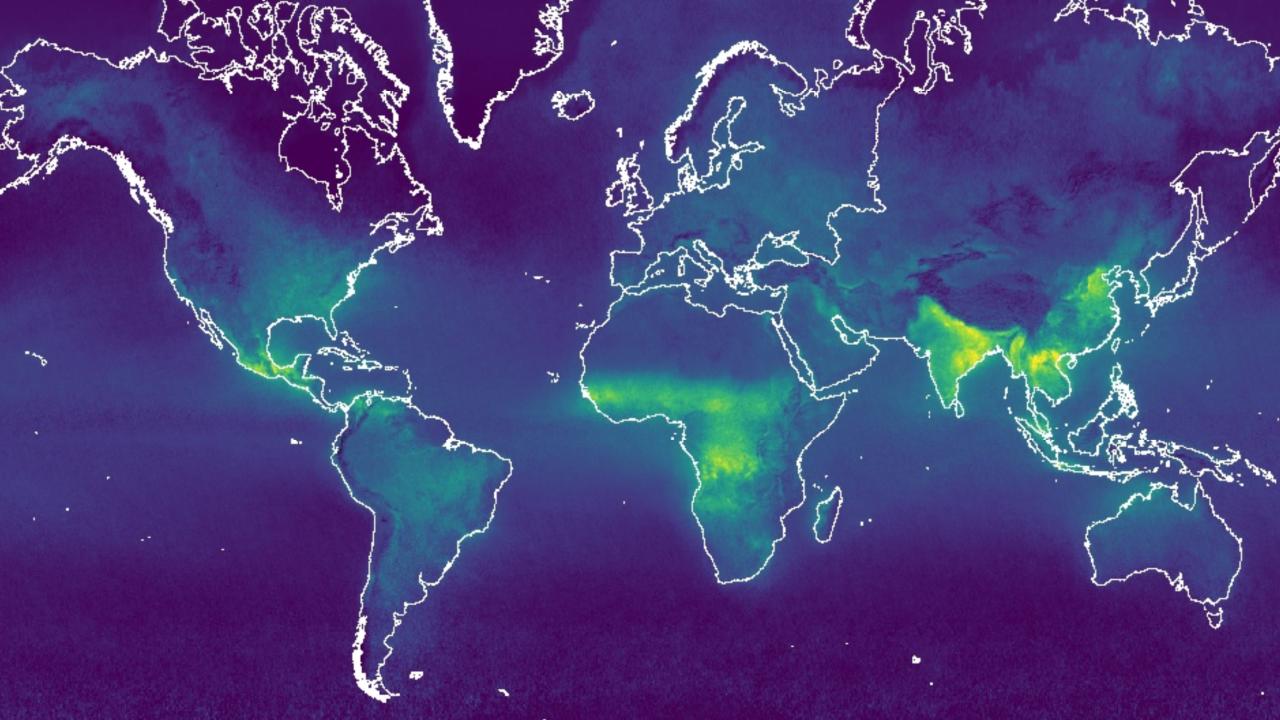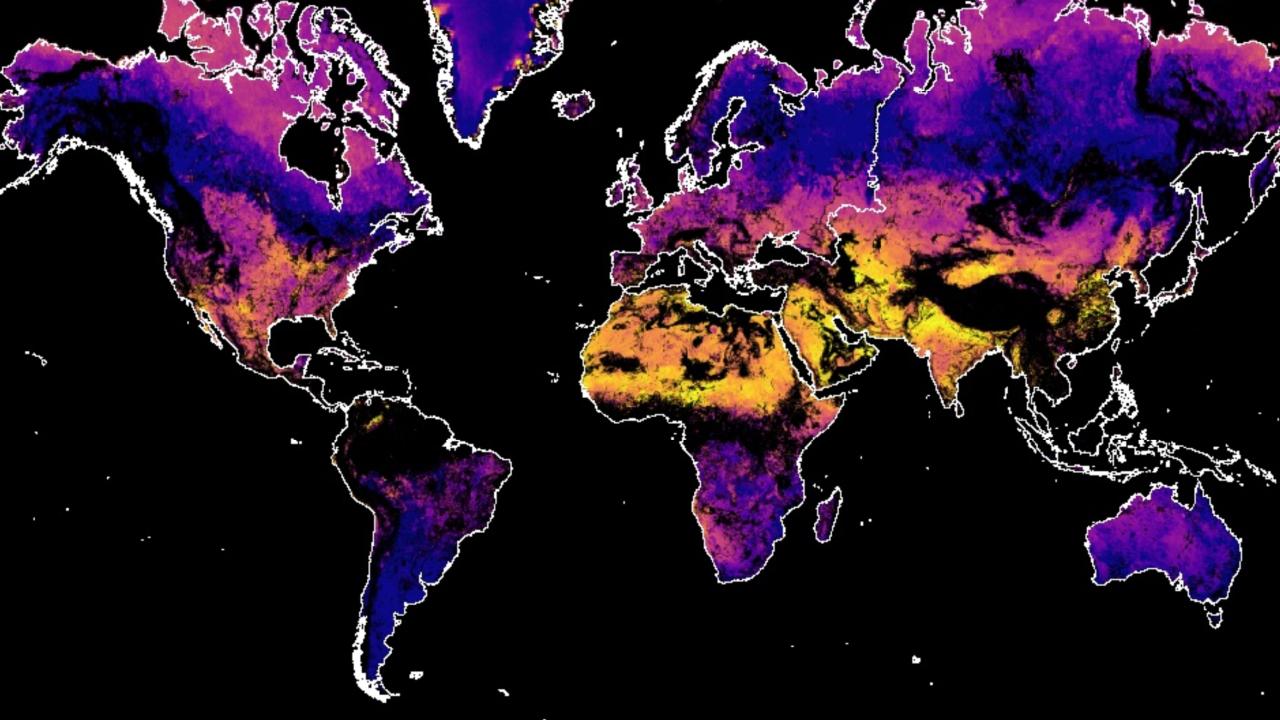Sentinel-5P 紫外线气溶胶指数
衡量大气中气溶胶的普遍程度。非常适合跟踪由尘暴、火山灰和生物质燃烧产生的周期性气溶胶羽流的演变。
数据集提供情况: 2018 年 7 月 4 日 - 现在Sentinel-5P Cloud
云特征,包括:底部和顶部的体积分数、高度和压力、光学深度和表面反照率。
数据集可用性: 2018 年 7 月 4 日 - 现在Sentinel-5P 一氧化碳
一氧化碳 (CO) 和水蒸气的浓度。一氧化碳是一种重要的大气痕量气体,有助于我们了解对流层化学。一氧化碳的主要来源是化石燃料燃烧、生物质燃烧以及甲烷和其他烃在空气中的氧化。
数据集可用性: 2018 年 6 月 28 日 - 现在Sentinel-5P 甲醛
甲醛浓度。甲醛是几乎所有非甲烷挥发性有机化合物 (NMVOC) 氧化链中的中间气体,最终会转化为二氧化碳。来源包括植被、火灾、交通和工业。
数据集可用性: 2018 年 10 月 2 日 - 现在Sentinel-5P 二氧化氮
总二氧化氮浓度、对流层二氧化氮浓度和平流层二氧化氮浓度。二氧化氮进入大气的原因包括人为活动(例如化石燃料燃烧和生物质燃烧),以及自然过程(包括土壤中的微生物过程、野火和闪电)。
数据集可用性: 2018 年 6 月 28 日 - 现在Sentinel-5P 臭氧
大气柱臭氧总浓度。臭氧可保护生物圈免受太阳紫外线辐射。在对流层中,它是一种高效的清洁剂,但浓度过高时,也会对人类、动物和植被的健康造成危害。臭氧也是导致持续气候变化的重要温室气体。
数据集可用性: 2018 年 7 月 10 日 - 现在Sentinel-5P 二氧化硫
大气二氧化硫 (SO₂) 浓度。SO₂ 既可通过自然过程进入地球大气,也可通过人为过程进入,但大部分是人为来源。SO₂ 排放对人类健康和空气质量有负面影响,还会通过辐射强迫作用影响气候。
数据集可用性: 2018 年 7 月 10 日 - 现在Sentinel-5P 甲烷
大气甲烷 (CH₄) 浓度。在二氧化碳 (CO₂) 之后,它是人为增强的温室效应最重要的贡献者。它既可通过自然过程进入地球大气层,也可通过人为过程进入,但大部分是人为来源。
数据集可用性: 2019 年 2 月 8 日 - 现在










